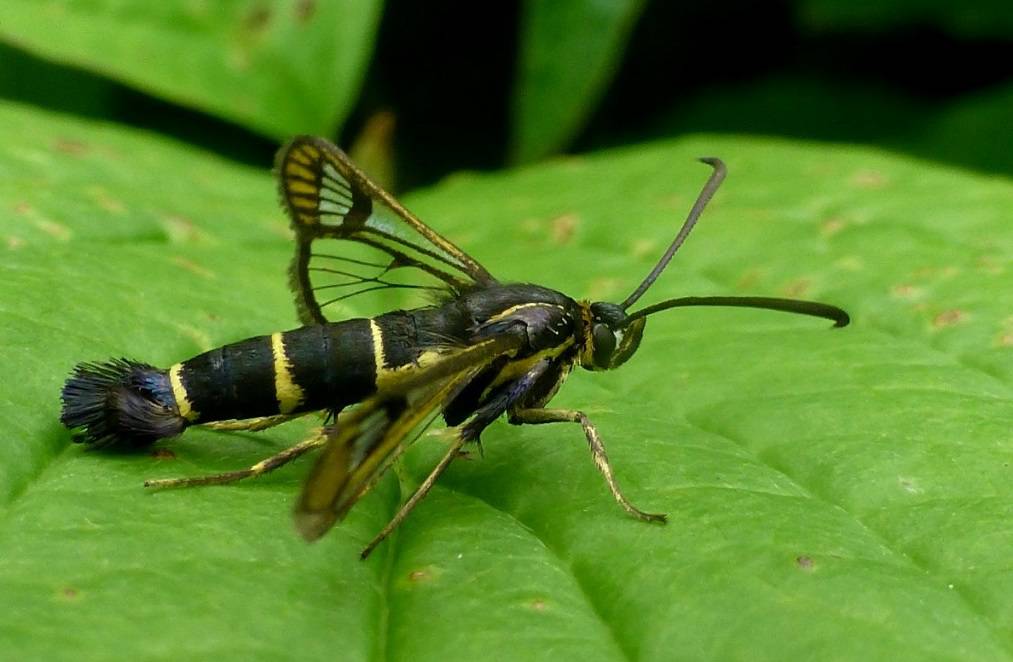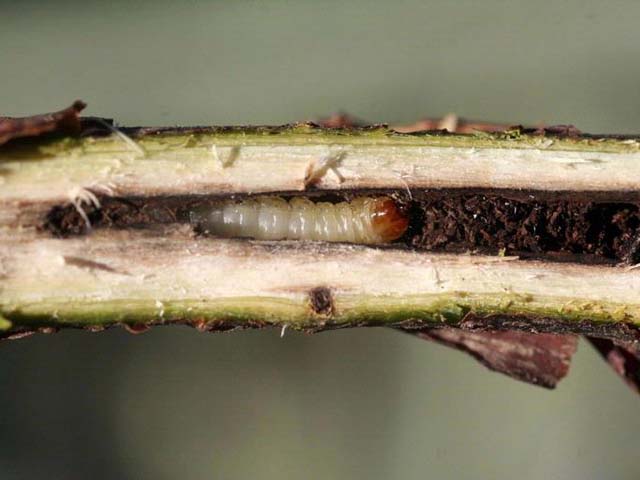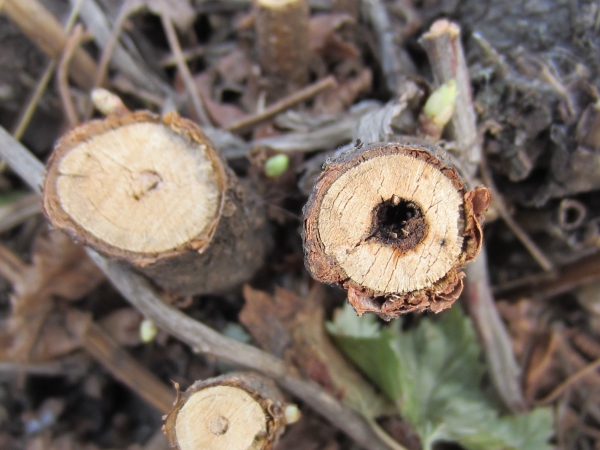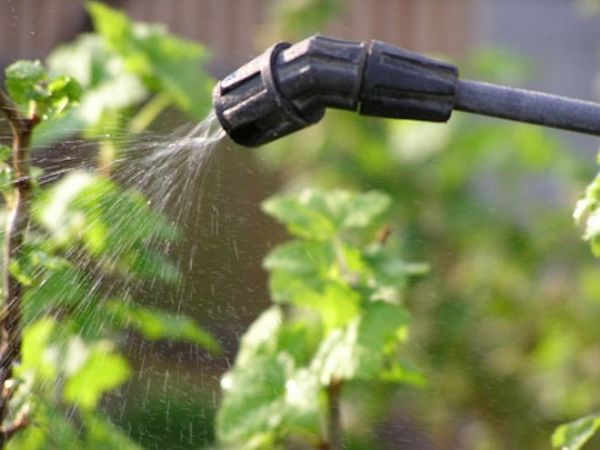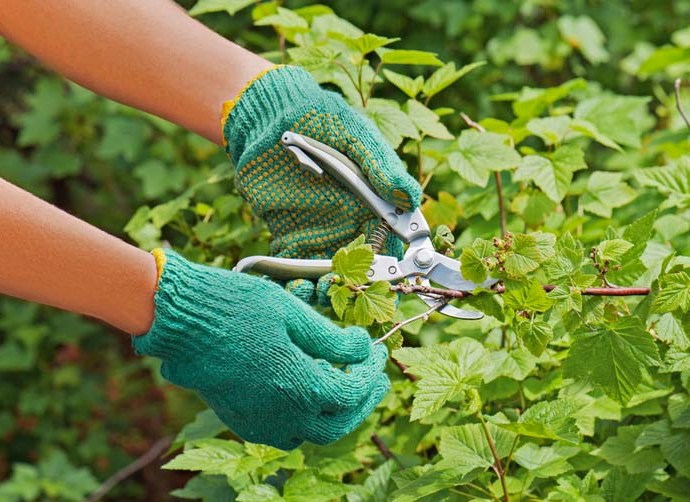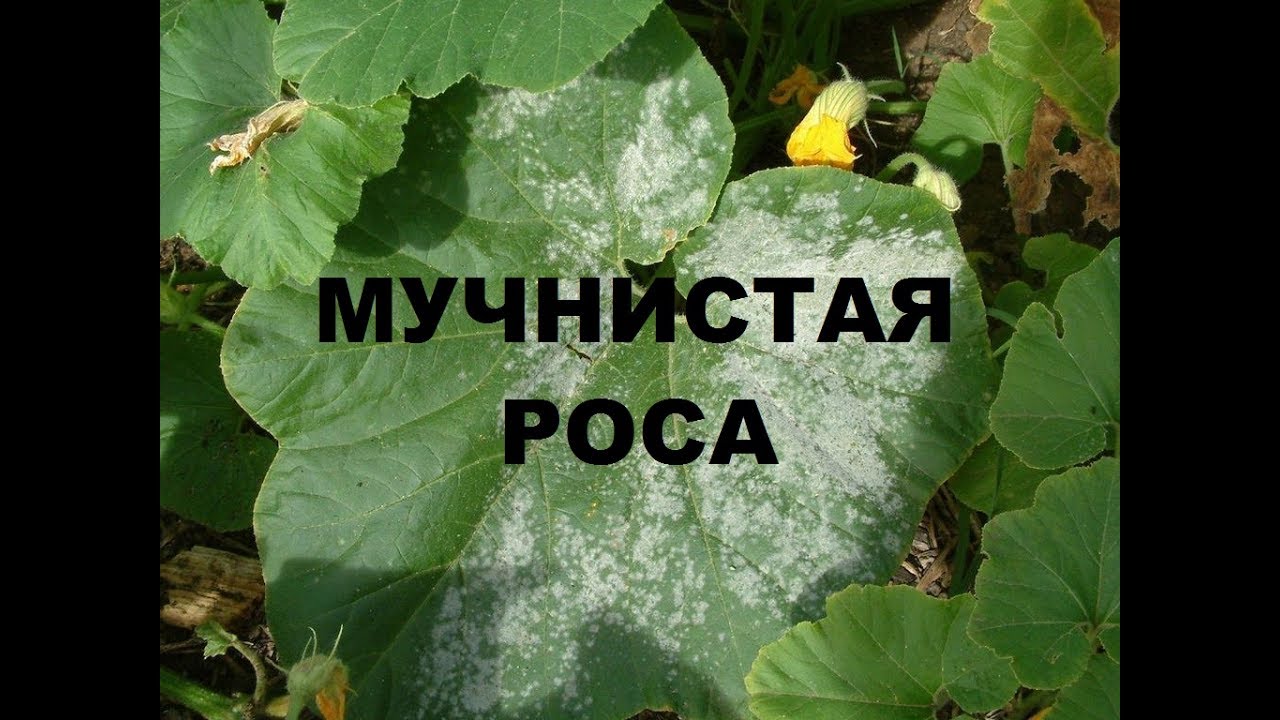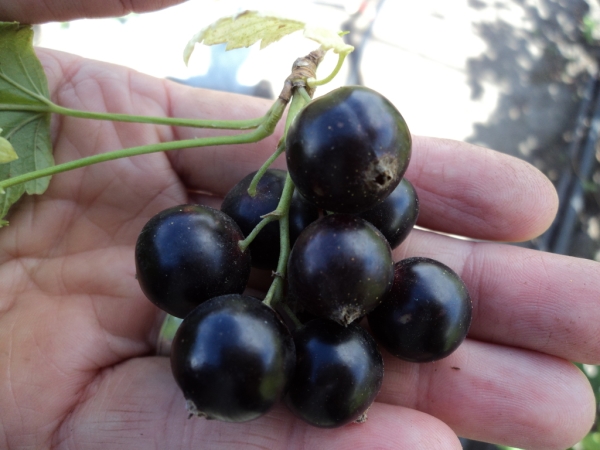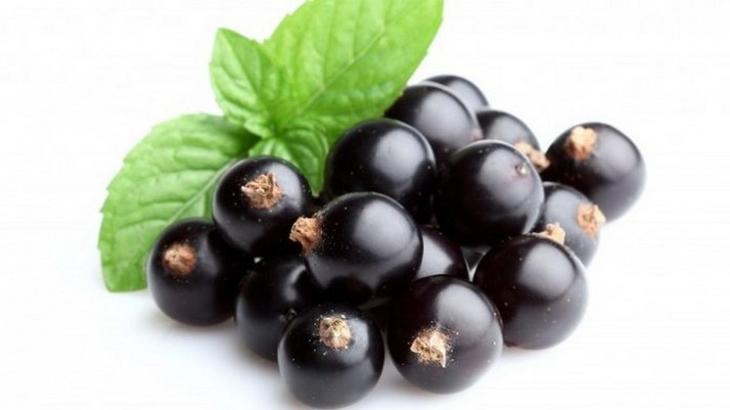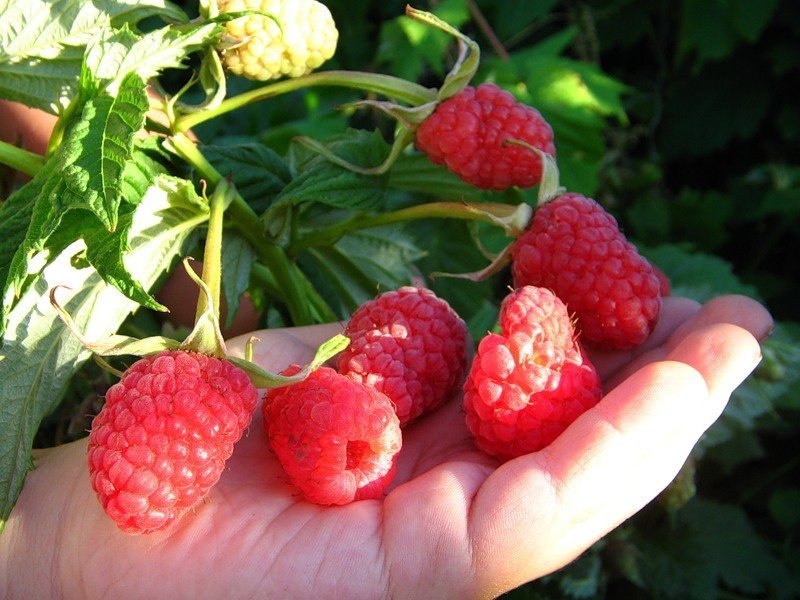Glassy is a dangerous insect that looks like a hybrid of a butterfly and a wasp with transparent narrow wings. The glassmaker leaves eggs on currants. Caterpillars hatched from eggs eat the cores of the branches. The insect parasitizes secretly, so the owner of the site may not know about the problem for a long time. Due to the pest, the yield decreases, the fruits become smaller, the branches and leaves begin to dry out. The material describes in detail how to detect the glass, what to do with the pest, what is the fight, prevention.
Currant glass
The adult begins to fly at the end of June. She loves pollen, has an oblong scaly body. Its color is bluish-black with yellow stripes. The wings are narrow, like that of a moth, glassy, patterned. The butterfly leaves a clutch of fifty eggs on the branches. She prefers to do this on damaged areas of the shoots, near the buds, so that it is easier for the larvae to penetrate inside.
It is the glassworm larvae that are dangerous to berry crops. They are whitish caterpillars with a black head. Caterpillars emerge from eggs one and a half weeks after laying. Insects immediately try to get inside the shoots. There food awaits them - the pulp of a branch.
Caterpillars move down the entire length of the stem, leaving behind a hollow center of the branch. Caterpillars remain in the plant to winter. Spring and warmth make them wake up. They get out to the surface, turn into an adult, and again produce offspring. Most often, the glass case lays eggs on black currants. Red currants, other types of this berry culture, gooseberries are less likely to suffer. The pest prefers branches that are 2-3 years old.
Additional Information. The branch dries up and dies off a year after the caterpillars start in it.
Pest signs:
- You can learn about the attack of the glass by the appearance of the leaves and fruits. They wither, shrink, fall off;
- The fruit tastes sour, empty. There are very few berries on damaged shoots;
- Branches break easily;
- The distinctive sign of the pest is the black core of the currant. Caterpillars eat all the flesh. They leave behind a tunnel, on the walls of which excrement is observed;
- When autumn comes, the infected shoots have a small increase - about 10-15 cm. This state of affairs should alert the owner of the site;
- A sure sign that the plant is not mowing down a disease, but a pest, is holes left on the shoots, next to which you can see the remains of pupae.
Control methods
The caterpillars are located inside the shoots, which makes it difficult to resist them. Currant glass, the methods of dealing with which must be combined, is a rather tenacious insect. You need to start work on getting rid of the glassware as early as possible. You will need pesticides, biological products.
The damaged shoots must be removed first. They are removed and burned.
Bioactive drugs that are used to combat currant glass should be used not only for currants. It is worth treating raspberries with them, since adults usually feed on the pollen of this berry crop.
Note! The advantages of biological products are that they are safe for people and animals. Plants can be processed with them for a long time. They are easy to apply.
The funds begin to be applied to the bushes as soon as the first leaves appear. The procedure stops a month before picking berries.Gardeners should strictly follow the information given in the instructions for use.
Among the most effective bioactive drugs are:
- Lepidocide. A solution is prepared from it: 30 gr. preparation in a bucket of water. According to the instructions, treatment with Lepidocide is carried out twice. There is a break of one and a half weeks between spraying;
- Anthonem F. Take one glass of the mixture. It is sprayed with a spray bottle on one bush;
- Agavertin. It is diluted in proportions of 5 ml of the drug per 1.5 liters. Such a solution is applied to the shoots several times per season, with intervals of 2 weeks;
- Fitoverm. This drug can be used two or more times, taking a break of 1.5-2 weeks. 1 ml of the product is dissolved in a liter of water.
Despite all the advantages of bioactive drugs, glass currant will not recede without chemistry. Karbofos turns out to be effective. One bush takes 1.5 liters. This remedy is best used when the kidneys begin to open. If the pest is noticed during the high season, spraying is allowed at this time. In the period from May to the end of June, the shrub is cultivated once with Kilzar.
Important! An adult specimen is attracted by the scent of bird cherry. If the tree is in the garden, currants may suffer.
Folk recipes
Folk recipes help to get rid of the glass case. You can attract insects such as riders to the site. They lay their eggs right in the caterpillars. You can attract helpers with dill pollen.
To determine the time when butterflies begin to fly out of the pupae of the pest, containers with fermented currant jam are placed next to the bushes. Some insects will fall into these traps. For the gardener, this will be a signal to start treating the bush with drugs.
During the summer of butterflies, the bushes are treated with infusions of tansy or garlic. This will save the currants from the glass.
Improvised means
How to deal with blackcurrant glass with improvised means? To scare off the glass from the culture, you can use homemade traps. It's easy to do them:
- ü Cardboards of bright color are tied to the branches. Treacle containers are placed under them. Butterflies will fly to the currants, they will be attracted by the bright color of the paper, they will fly at it, hit the cardboard, fall into containers. The pest will not get out of the molasses;
- ü On the branches where the fruits ripen, rags soaked in gasoline are hung.
By the way, these funds are applicable to pest control not only on black currants, but also on other shrubs.
Note! If the glass case on the currant remains after all the control measures have been taken, the bush must be destroyed. This will protect other crops from a dangerous pest.
Prevention
The best protection – these are preventive measures:
- In order to never appear on currant glass, you need to purchase high-quality seedlings from nurseries;
- The land under the bush needs constant loosening with the addition of ash, mustard, pepper, tobacco;
- The summer resident must monitor berry crops, inspect them for damage;
- Excellent prevention is autumn and spring pruning of the bush. Sections are disinfected, cut shoots are burned;
- Spring is suitable for treating shrubs with citrus and mint infusions. This will scare off the glass;
- After harvesting, the shrub is sprayed with the Karbofos insecticide.
The fight against a dangerous pest can take a long time. The main thing is that measures to combat currant glass should be comprehensive and complete. The owners of the site must remove and burn shoots damaged by caterpillars, treat the bushes with special preparations. If there is no pest on the currant, you should not neglect prevention.
